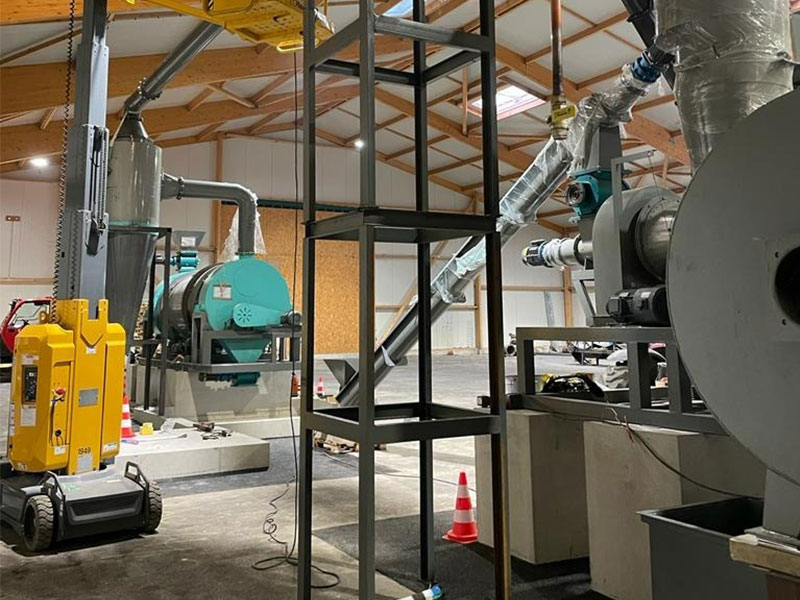Although both industry and many individuals are striving to lighten their carbon footprint through the use of sustainable products and non-polluting products, the fact remains that charcoal produced from biomass is still in widespread use. One of the most important types of plant-based biomass reliant fuels that are produced today are charcoal briquettes.
These briquettes are used for daily household cooking in many developing countries and for use in barbecues for those seeking an outdoor leisure and entertainment experience. Briquettes are also used in industries that can range from chemical production to mining and mineral refinement. In fact, there are very few homes and industries that do not make use of charcoal briquettes (máquina de pirólisis de biomasa) in one form or another.

BST-05 Máquina para Hacer Carbón en France
Raw Material
Almost all charcoal-making machines rely on the raw material that falls into the category of ‘biomass’ (literally mass from once living organisms). The preferred biomass for making charcoal briquettes for home barbecue use is harvested from hardwood trees (that contain high levels of lignin). Trees commonly harvested include oak, elm, mahogany, teak, walnut, aspen, poplar, birch, maple, and many others.
It should be noted that in countries other than the United States other sources of biomass are commonly used. These can include coconut and rice husks, as well as waste from sugar cane and other types of organized agriculture.
Around 90% of the mixture for making charcoal briquettes (hornos para hacer carbón vegetal) is char, carbonized biomass. Charred biomass alone is usually extremely dry and individual particles of charred biomass will not bind together without some sort of binder. Common binders include starch, which is the most common choice among manufacturers, even though the raw material can be pricey. Other commonly used binders are Gum Arabic and even molasses. Coal is also added to the mix.
The Process
The first step in the production of briquettes is the production of the char. This will require a kiln-like structure or a charcoal carbonization furnace. The furnace or kiln should be heated to between 450° to 510°C. Once the char has been produced it is fed into a char grinding machine (https://www.bestoneco.com/bst-05pro-pequena-maquina-para-hacer-carbon-enviado-a-eeuu/) to ensure that the size of the particles of char are uniform and will bind efficiently. The next step is to feed the prepared char (with binder and added coal) into the briquette-making machine. There are several variants of these machines. Each is designed for the size of the operation and the output that is required – and in general consists of a roller and mold which can produce a variety of charcoal briquette shapes.
Each of these various shaped briquettes is preferred by consumers for different tasks – and is also dependent on the local supply and the country where the briquettes are being sold. For instance, in many countries where charcoal briquettes are used for daily food preparation a flatter briquette with holes to improve airflow for quick ignition and higher heat is preferred. In the United States where briquettes are usually used on BBQs a rectangular briquette is preferred.
Although the world is making every effort to reduce the use of fossil fuels or fuels that cause large amounts of air pollution, briquettes made from biomass remain popular – and seem set to remain so for the foreseeable future, ensuring that charcoal-making machines (maquina de recicalje de Beston) that use biomess are an attractive long-term investment.